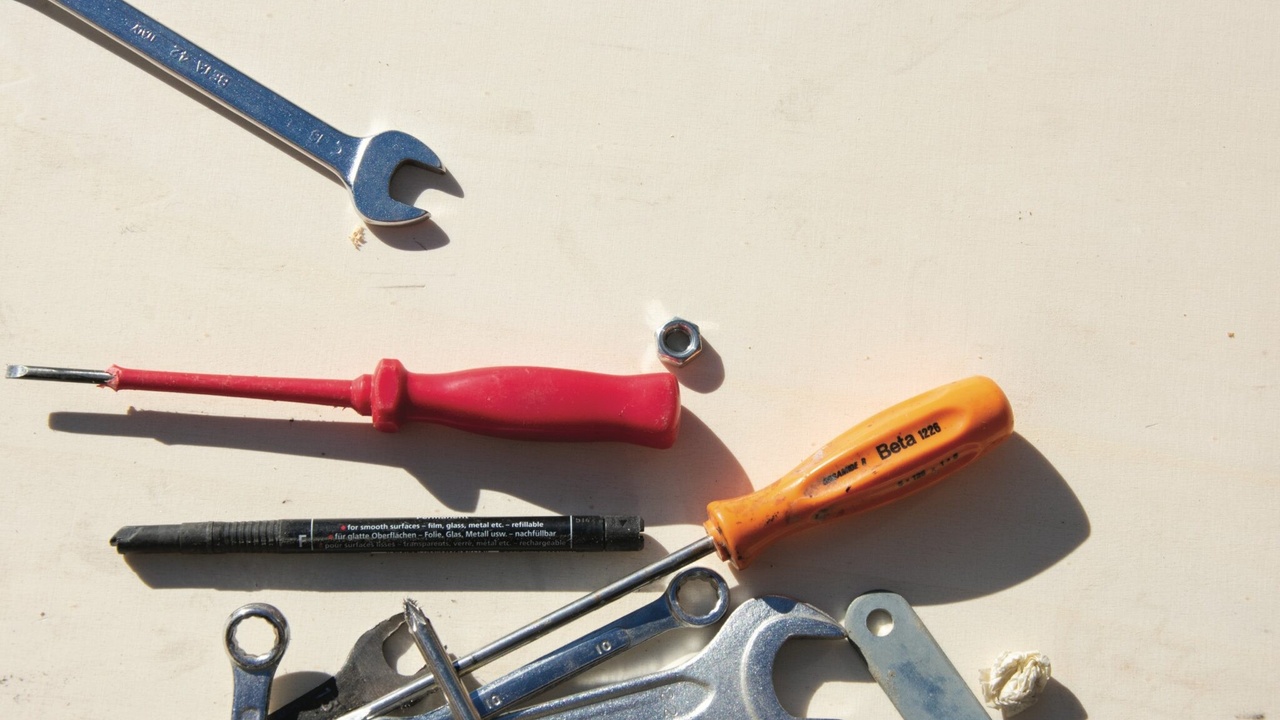Labor, Knowledge, Risk: The Three-Pronged Path to Wealth
Sep 24, 2024
Sometimes, I teach my clients things. Other times, they teach me things.
Rob is a friend of mine. He’s been a client before, but he’s also been a business partner and just a good buddy throughout many years. Oh, and by the way, he has scaled a remarkable national company.
We were chatting one day about successful investors and opportunities, and he made the point that there are three primary ways to build wealth. All three are independent and can produce wealth on their own. However, the ideal scenario is that the three build on each other. And when you have all three, it’s tough to fail.
Labor. Knowledge. Risk.
I took notes and added a few things, but essentially, here is what Rob shared with me.
Labor
It’s pretty straightforward: an exchange of your time and muscle for money. The Starbucks barista does this, and so does the plumber, the police officer, the basketball coach, and the highly paid surgeon. The more time you put in working, the more money you make.
That’s not to say that all labor pays the same amount—a heart surgeon, for example, makes more than a junior high basketball coach—but there’s a universal model in play. Regardless of the field: The more labor, the more money.
Peter Drucker said, “Plans are only good intentions unless they immediately degenerate into hard work.” A desire to make money is only a good intention until it produces labor.
Even if your labor earns you minimum wage, you’re earning something. Begin to save it up and continue to move forward to…
Knowledge
It’s not simply about working longer and harder than someone else. It’s about learning to do the work better and smarter. Warren Buffett said, “The more you learn, the more you earn.” Or put another way, work smarter, not harder.
Accumulating knowledge might mean an advanced degree. It might mean an internship. It might mean continuing your education by attending a seminar, reading a book, or listening to a podcast. It’s probably about making some time for deep work.
But it also might be much more fluid than that. Are you learning and improving things in your labor? Rob would tell you that he learned how to create and maintain a rental house portfolio. He would tell you he made mistakes early in his career. He would explain how he did things differently in year ten of his company than he did in year five. He learned from his mistakes and his successes.
Knowledge at work is taking the intelligence connected to any business or idea and leveraging it for the desired outcomes. It is not just mailing it in or mindlessly going through the motions until quitting time. (Oh, and don’t forget that you can be an executive or high-salary performer still just mailing it in without integrating knowledge into your labor.)
What are you learning? What are the two biggest lessons you’ve learned in the last year of your business? How are you putting them into practice?
Risk
This category is where we start to talk about a disproportionate possible return on investment.
I’ve written about risk before because just about every conversation I have with senior leaders involves their comfort with risk. When you build a strategy, risk is involved. When you hire a candidate, risk is involved. When you commit finances to a project or launch or define an offering, risk is involved. When you say yes, there is risk; when you say no, there is risk.
I’m not talking about gambling, here, but rather thoughtful risks—extremely thoughtful risks, along the lines discussed here.
Risks like to hide in the edges of our minds—either foolishly ignored or carrying disproportionate anxiety. Instead, call out the risks and face them head-on. What choices will you have to make to grow your financial wealth? What are the quantifiable gains and losses on the table when you make those choices, and what is the likelihood of each?
You then have to make the decision. Different people have different comfort levels when it comes to risk, and that’s fine. But make no mistake: Growing your wealth will take a certain level of risk.
Putting it Together
The goal is to figure out how to play in all three—labor, knowledge, and risk—at the same time. You work hard at something for a while and learn the whole time you’re doing it. Then, as you get more informed, you take a few chances.
But the good news is that anybody could employ these three elements to some degree. At least, that’s what Rob told me.
Want to receive Steve's articles in your inbox?
Subscribe here.
We will never sell your information, for any reason.

